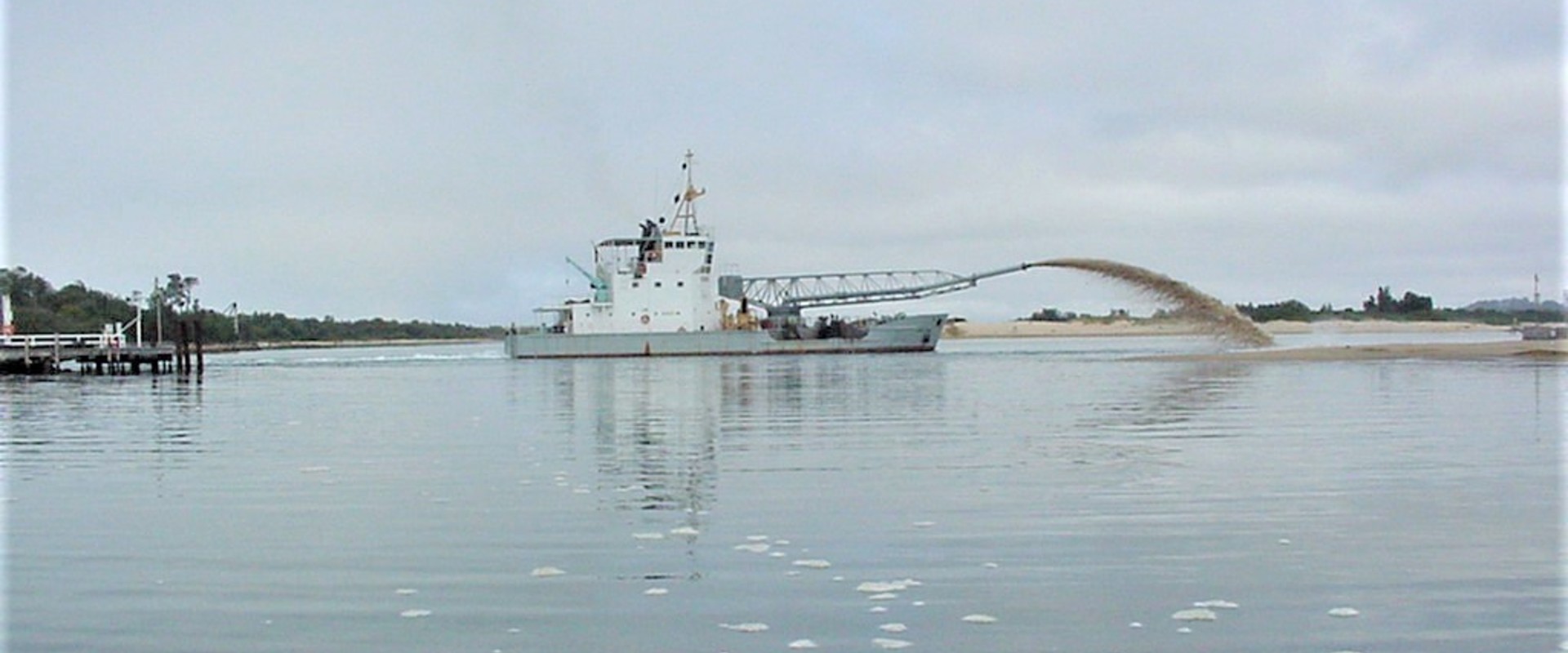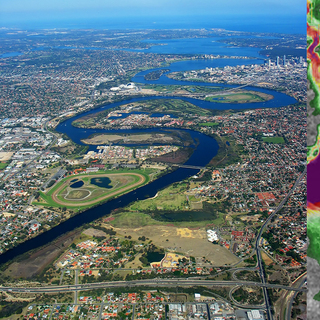
Lakes Entrance Sand Management Study
BMT was engaged by Gippsland Ports to investigate the existing system to maintain safe navigation through the channel.
BMT was contracted to review the existing systems’ ability to maintain safe navigation depths through the channel in a cost effective manner.
The trailer suction side-cast dredge April Hamer, was employed for approximately 28 years to dredge and maintain a channel from the open sea through to the lake’s entrance.
Unlike conventional dredges it generally side-casts the sand rather than storing the sand in a hopper for removal from the system.
BMT developed a number of alternative options providing Gippsland Ports with cost estimates and comparisons to the systems that are already in place.
Other dredging operations in use included the use of small cutter suction dredges and a sand transfer system which moves sand from the inner areas to the beach east of the entrance.
Trials with a sand bypassing/ back-passing system operated by Slurry Systems have been successful in terms of redirecting sand out of the bar system.

A comprehensive study of the flood behaviour and flood risk of the Swan and Helena Rivers and preparation of a floodplain development strategy.

Currawinya Lakes is a wetland of international importance declared under the Ramsar Convention on Wetlands. Located in the semi-arid zone of southwest Queensland within the boundaries of the Currawinya National Park, the Ramsar site displays a unique assortment of wetland types.

We developed an Astute Class OM Strategy which provides the framework within which OM is to be carried out through-life and across the Astute Class.

The Surface Water Management Plans (SWMPs) outline an assessment of surface water flood risk, recognising the flood mechanisms and economic impact to residential and commercial properties across the catchments of Clacton on Sea and Sawbridgeworth.